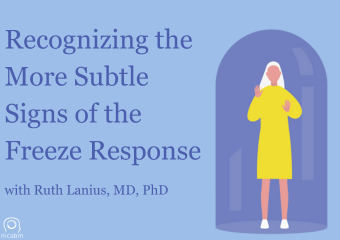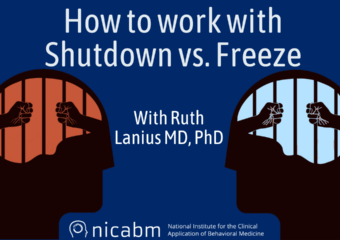It’s often easy to identify the obvious cues that your client is in freeze . . . . . . but what about times when the signs are so subtle, you might dismiss it (or even overlook it)? In the video below, Ruth Lanius, MD, PhD shares how recognizing a more subtle sign of freeze […]
Addressing Trauma-Fueled Jealousy- with Ruth Lanius, MD, PhD
How can we help clients who struggle with jealousy that stems from attachment trauma? This can be a painful experience for your client, who may feel guilty, ashamed, and confused by their jealous emotions. They may not even understand why they’re feeling jealous. In the video below, Ruth Lanius MD, PhD shares how she worked […]
A Strategy to Help Clients Manage Emotional Triggers – with Ruth Lanius, MD, PhD
When a client struggles with emotional triggers, they may find themselves stuck in cycles of reactivity and overwhelm. Not only can this be mentally and physically exhausting for your client, but it often has an impact on everyone around them – including those they love the most and hold most dear. So, in the video […]
How to work with Shutdown vs. Freeze – with Ruth Lanius, MD, PhD
In the face of a traumatic experience, some clients become unable to move. This can sometimes indicate that a client is experiencing either a freeze response or a shutdown response to trauma. And according to Ruth Lanius, MD, PhD, there are key neurological differences that can help us distinguish between the two . . . […]
[Infographic] – Four Key Ways Collapse/Submit Can Present in a Client
Like many of the emerging defense responses to trauma, the collapse/submit response can be difficult to recognize. So to give you a clearer idea of what this trauma response can look like, we created this free infographic that highlights four key ways it might present in a client. To put this infographic together, we gathered […]




